ABOUT Malolos
"THE CRADLE OF THE PHILIPPINE REPUBLIC"
Malolos stood witness to the catapult of the Filipino nation onto the world’s consciousness carving the birth of the first republic in Asia in 1899.
Though short-lived, the First Philippine, nonetheless catapulted the Filipino nation onto the world’s consciousness carving not only a place among the family of nations but also a distinct niche as the first republic in Asia. While much of the world was oblivious to its birthing, the First Republic proved that Filipinos were capable of self-rule and deserved their longed-for freedom after more than 300 years of colonial bondage- a bondage shaken time and again by sporadic revolts, whose disparateness precluded ultimate victory.
After the failure of the reformist movement led by Rizal and Del Pilar, Andres the 1896-98 Philippine Revolution, culminated with the inauguration of the Republic on January 23, 1899 at Barasoain Church in Malolos, Bulacan. Though besieged and eventually thwarted by the United States army, the Republic had earned the loyalty of the Filipino people and deserved the recognition of foreign nations.
HISTORY
The name of Malolos was presumably derived from the Tagalog word “Paluslos”, meaning ” downwards”. The name resulted from a misunderstanding among the first Spanish missionaries who reached the place. Searching for inhabited places along the Calumpit River, these priests came upon some natives of a riverside barrio (now Kanalate). They asked for the name of the place. The natives, not knowing the Spanish tongue, answered that the flow of the river in that part was downstream -“paluslos”-, which the Spaniards pronounced “Malolos”. Corruption of the word through the years led to present “Malolos”.</p
The town originated from a small settlement started by the Spanish missionaries. Later, after clearing forests and virgin lands, the settlement grew, and the population increased. After the construction of a big church, the place was made into a town. From the very beginning, Tagalog made up the majority of the Malolos populace. They were led by prominent families, among them the Gatsalians (Gatchalian), and the Manahans.
POPULATION
The majority of the Maloleños (or Malolenyo in Filipino) traces their roots to Tagalog ethnicity although there are also Kapampangan, Ilongo, Muslims, and other ethnicities who migrated to the city. The city has a total population of 234,945 (2010 census).
LANGUAGE
The vernacular language is Filipino, in the form of Tagalog, while Philippine English is the language most widely used in education and business throughout the city. Although Malolos is the city where the Filipinos established the Spanish as their only official language in the first constitution, the native speakers of Spanish still alive are reduced to the very old members of a handful of families.
AREA
90% of graduates of these state universities are already employed within six months after graduation. In addition to the constant transition from enrollment to employment, strong collaboration with the academe and linkages with placement offices and vibrant partnership with international firms like Accenture offering online courses make Malolos a treasure of fast-thinking and innovative individuals.
PRODUCTS AND SERVICES
(Image from Bulakenyo.ph)

PASTILLAS
Pabalat or pastillas wrapper making, an intricate art of paper cutting that turns ordinary pieces of Japanese paper into lace-like creations was once a prized skill amongst the old families of the province. It is a vanishing tradition in the province of Bulacan where it originated. Families proudly displayed tall dishes of this sweet treat for the benefit of visitors. With their fancy tails hanging down from the dish’s rim and the light shining through the delicate paper, the wrapped candies looked like expensive handmade lace decorations, and were a welcome addition to the family’s dining tables.

(Image from Pinasmuna.com)
inipit and ensaymada
Both pastries that originated in Malolos popular not only in Luzon but in other parts of the country as well.
Minatamis na Balat ng Dayap
Sweetened Lime skin or Minatamis na Balat ng Dayap in Filipino, one of the most popular old food art originated in Malolos.
BUSINESS OPPORTUNITY
The City of Malolos is rapidly becoming industrialized due to its proximity to Metro Manila. Many corporations put up industrial plants and sites, and commercial and banking establishments in key places of the city. Malolos also serves as the Banking Capital of Bulacan, in prominent areas of the city particularly in Paseo del Congreso Avenue, the city houses a total of 41 banks.
TOURIST SPOTS
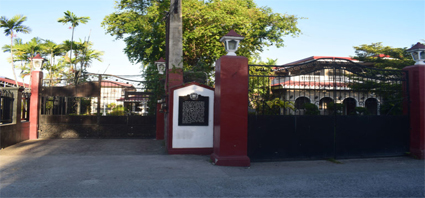
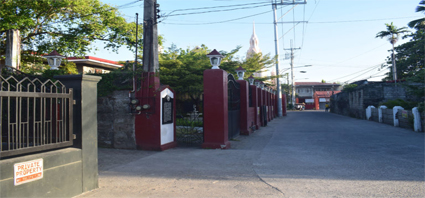


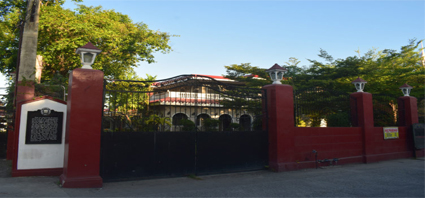
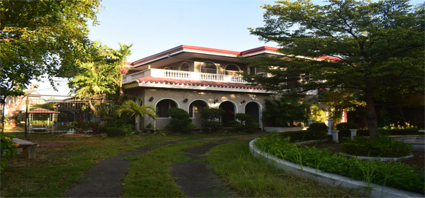
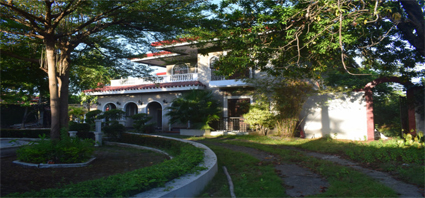
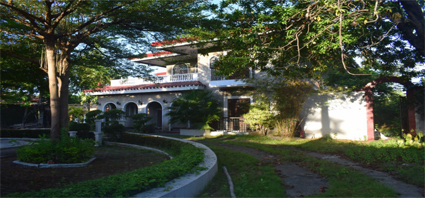
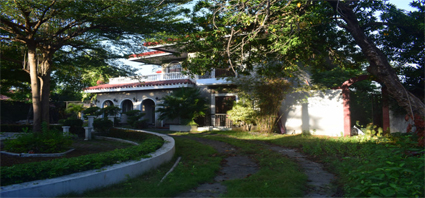
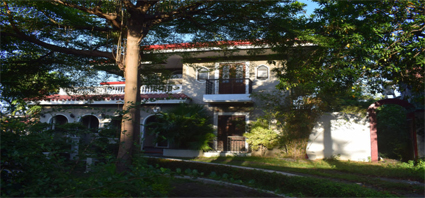
Instituto Mujeres
Located in Sto Nino street adjacent to Calle Pariancillo, is the site where Rizal addressed his famous letter to the 21 women of Malolos who petitioned Governor General Valeriano Weyler for a night school for women on December 12, 1888.





THE KALAYAAN TREE
A hundred-year-old Siar tree. During the First Philippine Republic. President Aguinaldo and other of his Officials, holds some important meetings under this tree located in front of the Malolos Cathedral. Kalayaan is the Filipino word for freedom.
Lino and Maria Reyes Mansion
This house served as the office of Apolinario Mabini when he was appointed as chief adviser to President Aguinaldo. It was said that Mabini and Aguinaldo were often heard arguing from this house. It once housed Aguinaldo’s Secretary of Exterior. It has an octagonal rose window and a weather vane on top of the roof.



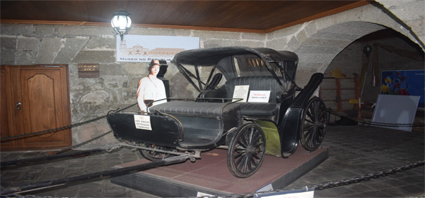

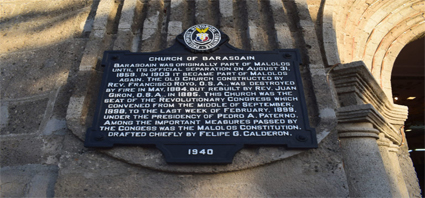

Museo ng Republika ng 1899 (Barasoain Musuem)
Located across the hall of the Barasoain Convent, is managed by the National Historical Institute. Its corridors are hung with historical photographs of Bulacan and different rooms relate how democracy was established in the country. Open daily, 8am-5pm. Admission is free. The church and convent were declared as a National Landmark on August 1, 1973, under Presidential Decree No. 260 and both underwent a thorough restoration under the supervision of the National Historical Commission.


